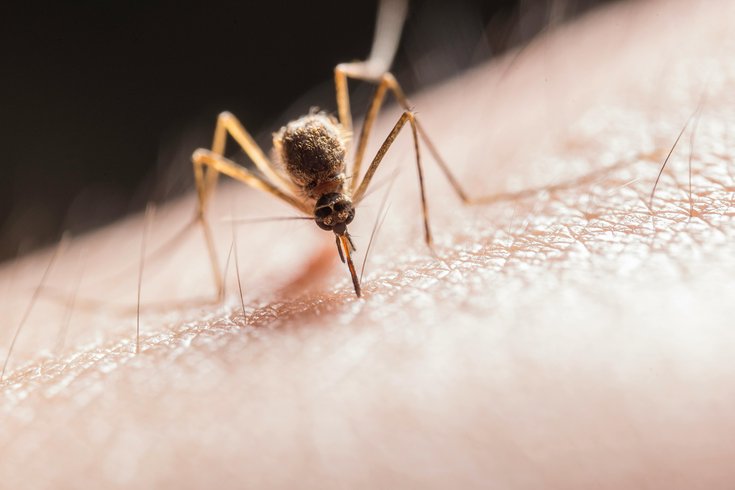
August 02, 2024
 Jimmy Chan/Pexels
Jimmy Chan/Pexels
Insect repellents containing DEET and picaridin are safe and effective to use, according to the EPA. PMD, which is plant-based, is also potent. Use repellents with one of these ingredients to prevent the spread of tick- and mosquito-borne diseases when spending time outdoors, the CDC says.
Choosing a safe but potent insect repellent to protect against mosquito- and tick-borne diseases such as Lyme disease, West Nile Virus and dengue fever can be challenging due to the many products on the market.
Only repellents containing either the active ingredients DEET or picaridin have research to back their effectiveness. While DEET's safety has been debated through the years, the Environmental Protection Agency deemed in 1998 and again in 2014 that, if used according to directions, it does not pose a danger to human health.
"It is the oldest tried-and-true gold standard among all of the repellents," Dina Fonseca, a molecular ecologist and chair of the department of ecology at Rutgers University, recently told Scientific American. "Back when I was a graduate student doing field work in a mosquito-filled bog, DEET was my best friend."
The U.S. Army developed DEET in 1946 for use by military personnel in bug-infested regions, and it became available for sale in 1957. Products containing DEET are EPA-approved in concentrations ranging from 4% to 100% and come as sprays, mists, lotions and wipes that can be applied to skin and clothing.
As an alternative, the pharmaceutical company Bayer developed picaridin, a synthetic compound derived from a plant extract, in the 1980s, but the EPA did not approve it for sale in the United States until 2005. Products containing picaridin are effective at repelling ticks, mosquitos, jiggers and other insects and come in a range of varieties, from sprays to lotions.
Picaridin repellents can be used on skin and clothing, according to the National Pesticide Information Center. Although some people prefer picaridin to DEET because it is odorless and does not feel oily on skin, there is less research about picaridin, because it hasn't been around as long as DEET.
The Centers for Disease Control and Prevention also recommends PMD, a natural oil extracted from the leaves and twigs of the lemon-scented gum eucalyptus plant. A 2018 study found that DEET slightly outperformed PMD under laboratory conditions but that they were similarly effective against mosquitoes outdoors.
A June comparison of bug repellents by Wirecutter favored spray products containing 20% picaridin because they were safe and effective and did not have the downsides of DEET. Wirecutter chose Sawyer Products 20% Picaridin Insect Repellent and Ranger Ready Picaridin 20% Tick + Insect Repellent as standouts. Wirecutter's favored DEET spray was Cutter Backwoods Dry Insect Repellent.
The CDC says not to use repellents containing PMD on children under 3. Always follow the product label instructions, reapply repellent as directed and do not apply repellent on the skin under clothing. Apply sunscreen first and insect repellent second, according to the CDC.